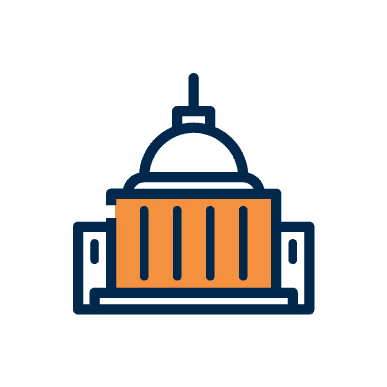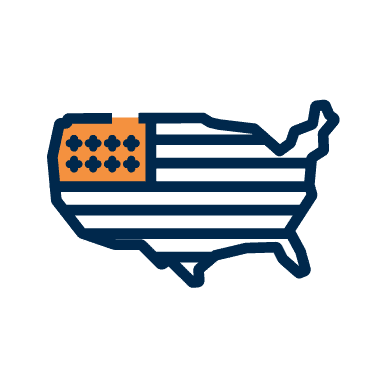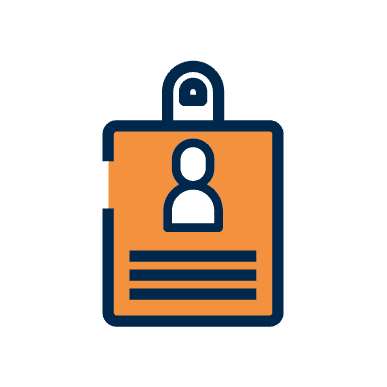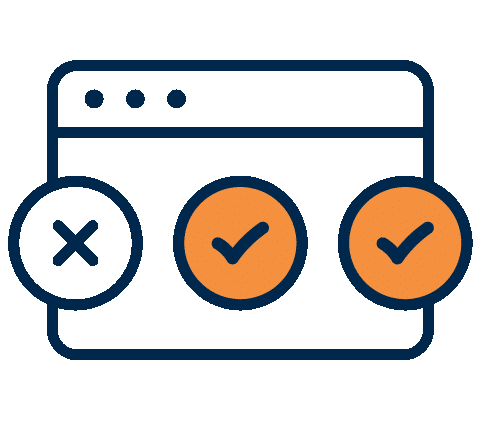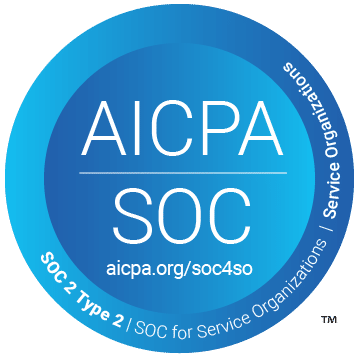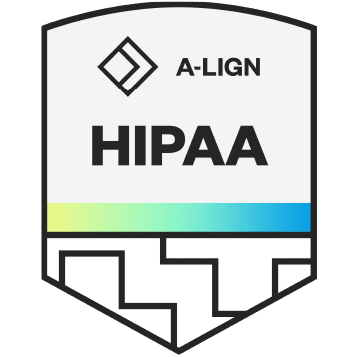The COVID-19 pandemic drove significant changes and expansion in care delivery practices. The federal government and the State of Texas implemented policy and treatment flexibility to ensure continued access to care and services during the pandemic. However, these changes also increased opportunities to take advantage of perceived gaps in compliance oversight related to billing, treatment and enrollment for benefits. Throughout the pandemic, the Texas OIG has kept its eye on the new schemes and ploys through world class analytics and timely investigations and case closures.
The Texas OIG’s Third Quarter Report issued in June of 2021 demonstrates its continued commitment to ably managing the fraud challenges resulting from the pandemic. In this quarter alone, the Texas OIG performed almost 26,000 Medicaid and CHIP provider screenings and excluded 68 Texas providers from participation in the state’s programs.
While significant work by the Texas OIG divisions unrelated to the pandemic continues to be performed during the current health crisis, the quarterly report presents a strong focus on developments driven by COVID- 19:
Benefits enrollment fraud/overpayment
During the second quarter, the OIG Benefits Payment Integrity (BPI) division reported a significant increase in fraud, waste and abuse (FWA) referrals due to more individuals applying for and receiving benefits during the COVID-19 pandemic. During the span of the project between January and April 2021, the BPI division completed 1,787 investigations identifying $2,164,511 involving some form of recipient overpayment or fraud allegation. 9 out of 10 investigations completed involved under-reported household income or over-statement of the number of household residents. Both can drive a larger benefit calculation than warranted. The division referred 8 cases for criminal prosecution and 181 for disqualification through the state’s administrative hearing process.
COVID-19 FWA Initiative
As part of its continued focus on FWA related to the pandemic, the Texas OIG launched the COVID-19 FWA Initiative with Medicaid stakeholders in February and completed the initial meetings in April. Stakeholders shared their experiences related to utilization of telehealth/ telemedicine, COVID-related laboratory testing, and evolution of policy and clinical guidance during the pandemic. These stakeholders will partner the OIG moving forward as the initiative is further developed.
Enhanced Analytics Related to Provider Billing & Behavior
The OIG’s Fraud, Waste and Abuse Research and Analytics team (FWARA) actively participates with other state and federal experts leverage current research and analyses to identify prevalent billing schemes or behaviors that have changed during the pandemic. As a result of this data-driven process, FWARA has identified a number of COVID topics that will inform the design and development of new algorithms to detect potential billing and claims fraud within the Medicaid and CHIP programs. For example, next quarter, the OIG will be focused on COID-related schemes affecting laboratory services as well as therapies delivered via telehealth.
Telehealth and Telemedicine
While the terms are often used interchangeably, under Texas state law, Medicaid “telemedicine” services are delivered by a physician, advanced practice registered nurse, or physician assistant acting under the direction and supervision of a physician. Telehealth is defined as a health service other than telemedicine delivered by a licensed or certified health professional, such as registered nurses, occupational therapists, home health agencies, or licensed professional counselors.
When the pandemic was declared in March of 2020, states rushed to find solutions to care delivery deficits. States applied for waivers related to federal program requirements and eased technology restrictions to expand the number of Medicaid services available via telemedicine and telehealth. While some providers had previously used telemedicine for limited services such as behavioral health, the pandemic drove decisions to expand its use for services where in-person care had been required. The significant shift in service delivery and demand due to the pandemic resulted in new program integrity issues. To address these challenges, the Texas OIG is working with providers, managed care organizations, other HHS agencies and industry associations to help identify risks and collaboratively develop solutions. Below presented are areas of potential risk identified as a result of this collaboration:
- Spikes in Provider Reimbursement. Texas provider reimbursement for telemedicine and telehealth averaged less than $800,000 per month in 2019. By April of 2020, in the first full month following declaration of a Public Health Emergency, reimbursements jumped to $43 million and averaged more than $37 million for the balance of 2020. To assist providers and MCOs, Texas Medicaid and CHIP Services provided guidelines to MCOs to determine if billed telemedicine services should be reimburse including:
- Medical necessity;
- Clinical efficacy;
- Cost- effectiveness; and
- Whether the telemedicine service is provided in accordance with the law and contract requirements applicable to the provision of the same health care service provided in person.
- Changes in Provider Billing Patterns. Certain billing patterns that changed during the pandemic has created some red flags for fraud investigators:
- A change in the frequency of appointments (before and during the pandemic) can indicate possible suspicious activity. If a provider calls a patient as a “follow-up” within the same week as a telemedicine visit and then bills the follow-up using an evaluation and management (E&M) code, this type of billing can raise questions.
- Providers who do follow up calls to patients who are not in active treatment is another red flag for overbilling.
- Providers who bill impossible hours. Using timed procedure codes, providers are flagged for an excess of 24 billed hours in a day.
Conclusion
As emphasized throughout the quarterly report, enforcement agencies such as the Texas OIG continue to evolve to meet the program integrity challenges created by the pandemic. The OIG’s clear commitment of time and resources needed to develop a data-driven fraud analytics program (as well as collaboration with other national fraud associations and fraud prevention experts) optimizes the opportunity for Texas to meet the ongoing challenges spawned by the pandemic.
Check out this great resource for all questions on OIG Exclusion of the State of Texas and the Texas OIG Exclusion List.



